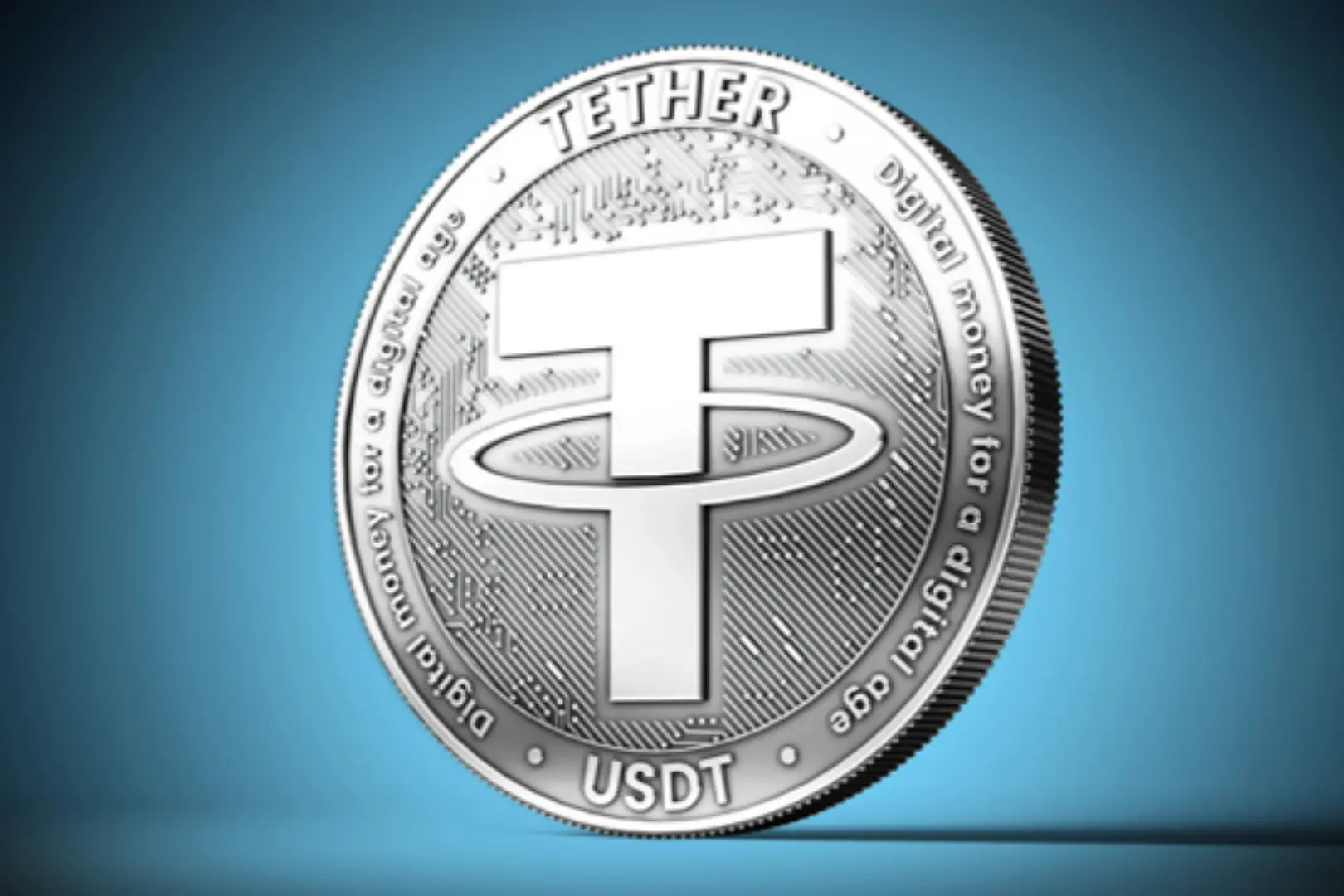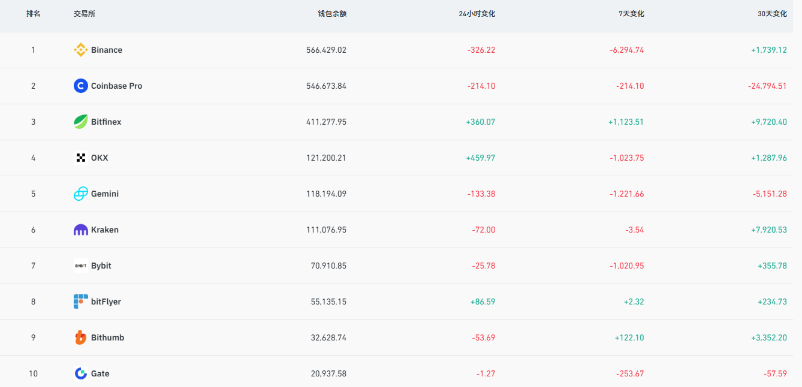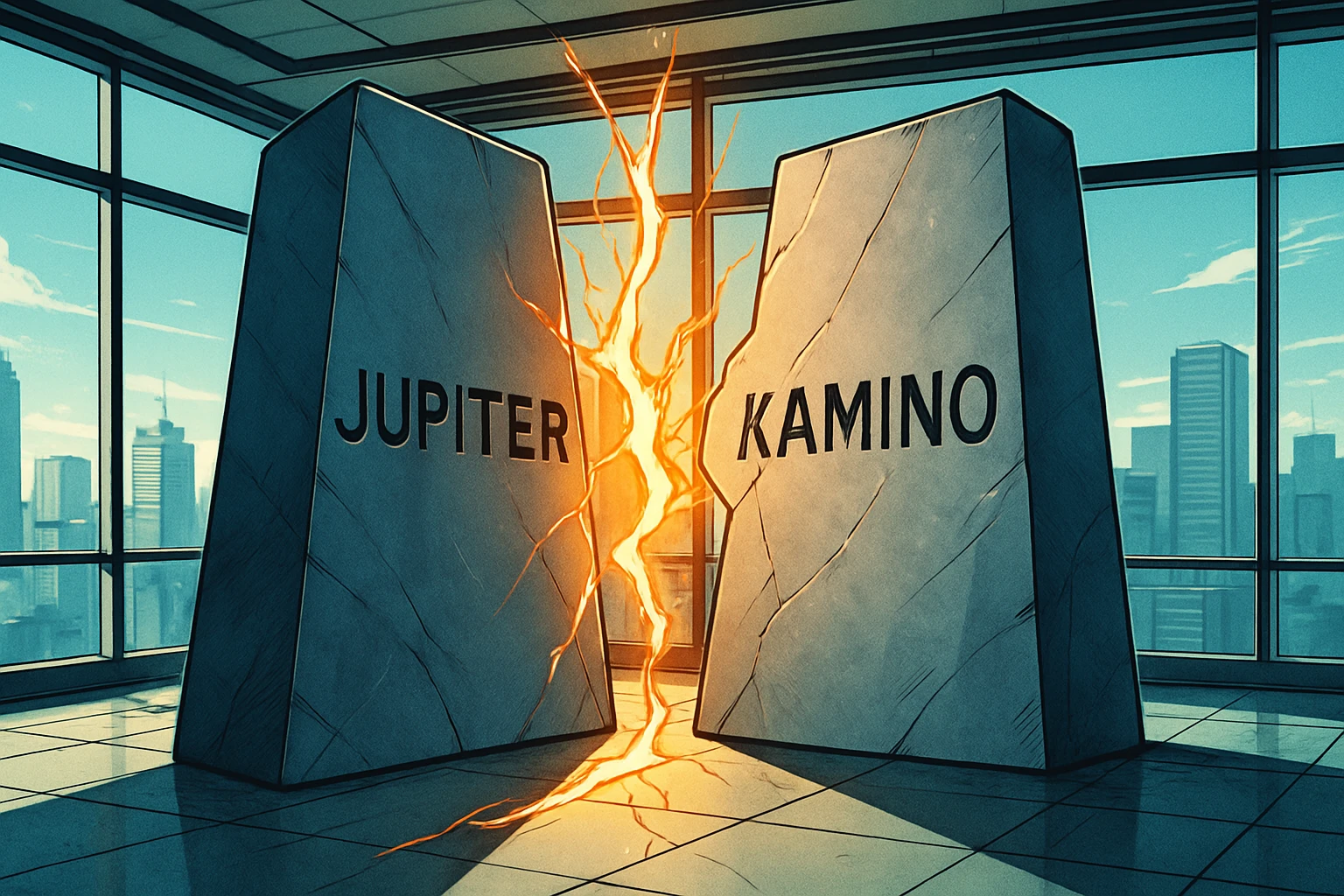Trump to Visit Japan Next Week to Push for Investment, Sanae Takaichi Plans a Procurement Package to Please Him
Sanae Takaichi, who has just been elected as Japan's Prime Minister, will face a major diplomatic test within less than a week of taking office: she must both appease Trump and avoid making excessive commitments to defense spending.
On Wednesday, Japan's new Prime Minister Sanae Takaichi took office. Two sources revealed thather government is finalizing a procurement plan that includes American pickup trucks, soybeans, and natural gas, which will be presented during trade and security talks with U.S. President Trump next week.
However, a source familiar with the preparations said that she will not commit to any new defense spending targets at the meeting, despite Washington pressuring Japan and other allies to take on more responsibility.
The two leaders will meet in Tokyo early next week, marking Trump's first visit to Japan since his re-election. Previously, Sanae Takaichi's predecessor, Shigeru Ishiba, agreed to invest up to $550 billion in the U.S. in exchange for lower auto tariffs.
At her first press conference after taking office as Prime Minister on Tuesday, Sanae Takaichi stated, "The alliance with the United States is the cornerstone of Japan's foreign and security policy."
When asked about the planned procurement plan and potential investments, a Japanese government spokesperson said: "It is too early to comment on any discussions during President Trump's visit."
The White House did not immediately respond to a request for comment.
Sanae Takaichi plans to offer Trump incentives in her first major diplomatic test, including: purchasing Ford F150 pickup trucks (an idea previously suggested by Trump), as well as agreeing to buy more American soybeans (a request made by U.S. Commerce Secretary Lutnick during a call with his Japanese counterpart last week).
A source told Reuters that Japan may cut purchases of Brazilian soybeans to make room for increased imports of American soybeans, which already account for 70% of Japan's consumption.
In addition, the F-150 pickup trucks, designed for wider American roads, may be used as snowplows in Japan.
Investment and Defense Spending
Japan also plans to purchase more American liquefied natural gas (LNG), but will not currently buy from the Alaska pipeline project promoted by Trump. Officials will also submit a list of candidate investment projects under the $550 billion agreement, which both governments will review before Trump makes a final selection, the source added.
During the ruling Liberal Democratic Party leadership race, Sanae Takaichi was the only one among the five candidates to suggest the agreement was unfair, because the U.S. received the vast majority of the returns, but after her victory, she stated she would honor the agreement.
Another Japanese government source said, "Even if the profit split is one to nine, it can still make business sense if the risk is low."
On defense, the hardline conservative Prime Minister said she hopes to deepen security ties with Washington. Japan already hosts the most concentrated U.S. military presence, including an aircraft carrier, a U.S. Marine Expeditionary Unit, and dozens of fighter jets.
The first source said that at next week's meeting, she will indicate Japan's willingness to accelerate defense buildup beyond the GDP 2% target set for 2027.
Yesterday, Sanae Takaichi said she would instruct defense officials to review three strategic documents from 2022, which underpin Japan's largest military expansion since World War II.
When asked on Wednesday whether Japan would review its national security documents, Foreign Minister Toshimitsu Motegi said: "What matters is not the amount or the percentage of GDP. What matters is the substantive content of our defense capabilities."
Disclaimer: The content of this article solely reflects the author's opinion and does not represent the platform in any capacity. This article is not intended to serve as a reference for making investment decisions.
You may also like
Tether financial analysis: Needs an additional $4.5 billion in reserves to maintain stability
If a stricter and fully punitive approach is applied to $BTC, the capital shortfall could range from 1.25 billion to 2.5 billion USD.

The fundraising flywheel has stalled, and crypto treasury companies are losing their ability to buy the dip.
Although the treasury companies appear to have ample resources, the disappearance of stock price premiums has cut off their financing channels, causing them to lose their ability to buy the dip.

Nearly 10,000 bitcoins withdrawn from exchanges, is the market about to change direction?


